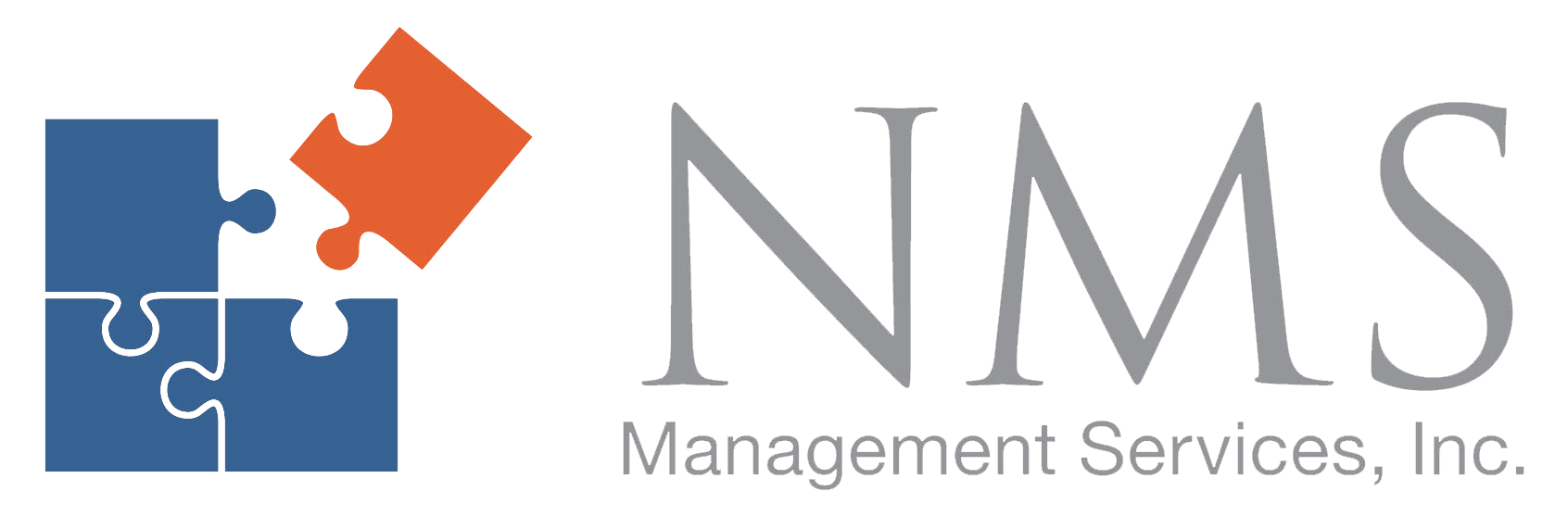Thank you to NDASA member organization Psychemedics for sharing its January blog with our members. Psychemedics is a world leader in hair testing and a top innovator in the drug screening industry.
For many, the turn of a new year is a time we resolve to reassess and adjust everything from our diets to our finances to our time spent on social media. For most, it’s a momentary lapse in that well-evolved influence on human behavior – our desire to leave everything as it is. For those who share a vision of drug-free workplaces in the coming year, leaving everything as is would be a very bad idea.
In April of last year, we authored a paper “Rebuilding The Workplace After COVID-10” that examined impacts the stresses and uncertainties of the year could have on substance abuse. Other recent traumatic events told us that some would use self-medication to cope with an extended period of isolation and stress and many would develop new dependencies. An increased number of substance abusers coupled with explosive growth of some highly destructive drugs introduces a daunting hurdle in creating a drug- free workplace.
Three reasons you may not be as well protected as you think
- You may be mis-applying a urine test. While a urine test is an effective for-cause, post-accident or fit-for-duty screen, it is not the best alternative for pre-employment or return-to-work testing. In fact, typical pre-employment positive rates are only 1-2%. Why? Its window of detection is very narrow, meaning drug users who know they will be tested – as in a pre-employment screen – can pass the test simply by abstaining for a few days. Employing a test with a short window of detection leaves you vulnerable to chronic users who are savvy enough to evade a urine test.
2. Sheer numbers. As we pointed out in our paper, we expect that some will return to the workplace with new or exacerbated dependencies. Many have been work-at-home employees, isolated from coworkers and out of a familiar routine. A national survey recently conducted by Recovery Village found:
• 55% reported an increase in past-month alcohol consumption
• 36% reported an increase in illicit drug use
Using data from the U.S. Surgeon General, adjusted for a nominal increase in substance abusers related to COVID, we might expect well over 16M drug users in the labor pool in 2021. That means that with urine’s 1-2% positive rate, 13M or so will avoid detection. Something to think about.
3. Fentanyl use is exploding, but you probably don’t find it. This is the dominant and deadliest workplace threat for 2021. If your urine drug testing program is explicitly compliant with SAMHSA Mandatory Guidelines, fentanyl has an open door. It gets a pass. Where this powerful synthetic opioid had previously been used to adulterate or complement other illicit substances which were detected in a traditional 5-panel test, it is now often pressed into counterfeit versions of Xanax, Percocet, or oxycodone that are taken without other drugs. A standard test panel will not detect it. The fact that it is invisible to the screen, and often deadly, makes it an imminent threat to workplace safety. Deaths from this drug are up nearly 40% during the pandemic, with 10 western states nearly doubling the number of deaths.
Positive rates do matter
A hair test’s longer window of detection, adjusting panels for current threats, and using tools immune to common cheating tactics all contribute to higher positive rates. While a urine test might identify 1-2% of users, drug testing using hair analysis detects 9-10% or higher. A safer workplace starts with drug-free hiring and returning drug-free employees to work, and a test with a higher positive rate is the best hedge.
Consider this. In a pool of 1,000 tested individuals, hair analysis would identify 80-90 more users than a urine test. That is 80-90 people who might put workplace safety at risk.
A final thought
This year, taking inventory of your drug screening processes and tools is not a nicety; it is a necessity. Ask yourself these questions.
Am I equipped and ready to detect emerging threats – like fentanyl? Am I adequately monitoring my work-at-home employees?
Have I updated my testing panel in the last three years? Am I matching the best drug screen to each use case? If you answered no to any of the questions, you may be out on a limb. This is one of those times when leaving things as they are only opens you and your employees up to risks.

